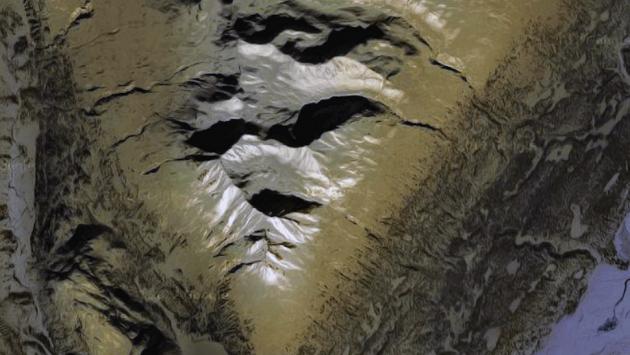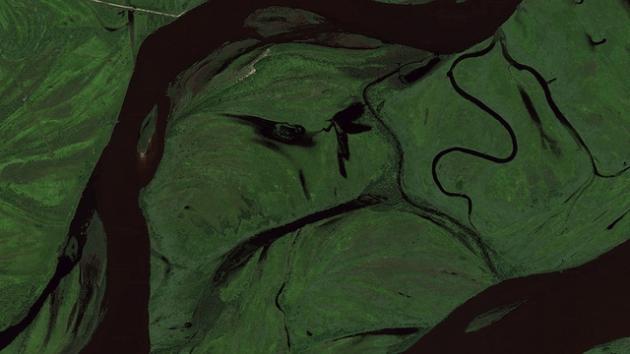
A new program by Onformative will give us a bird's eye view of every facial landform on Earth. You know, the kind that looks like a face.
The program uses openFrameworks and Google Maps and it scans satellite image after satellite image with a facial detection algorithm to pick out any potential new geological "faces". Onformative hopes to explore this general phenomenon:
Objective investigations and subjective imagination collide to one inseparable process. The tendency to detect meaning in vague visual stimuli is a psychological phenomenon called Pareidolia, and captures the core interest of this project. We were driven by the idea, to explore how the psychological phenomenon of Pareidolia, could be generated by a machine. We wrote an algorithm simulating this tendency, as it continuously searches for face-like shapes while iterating above the landscapes of the earth.
For the application to be able to work independently, the team uses ofxBerkelium, which allows them to capture images from the virtual browser zooming around Google Maps within their own application.
Check out more in the links below:
[
Onformative via
Creative Applications Network]

